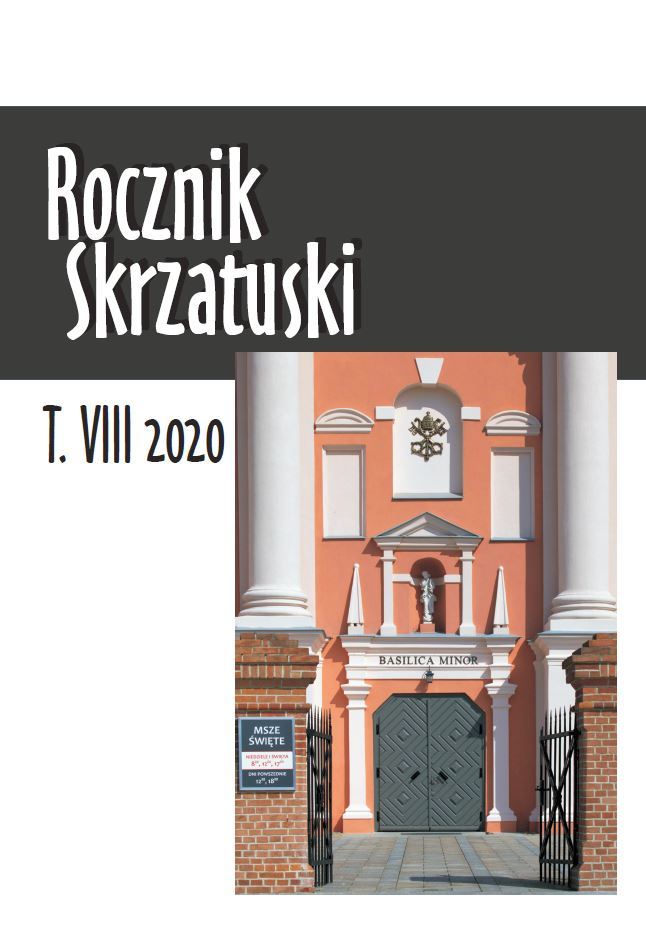Kilka uwag na temat różnych koncepcji świątyni w Starym i Nowym Testamencie
Some remarks on the different concepts of the temple in the Old and New Testaments
Author(s): Janusz LemańskiSubject(s): Christian Theology and Religion, Theology and Religion, Biblical studies
Published by: Biblioteka Wyższego Seminarium Duchownego Diecezji Koszalińsko-Kołobrzeskiej
Keywords: Temple; holiness; God’s presence; Encounter Tent; temple of the body
Summary/Abstract: The article deals with the ways in which the temple was viewed over Biblical times. First, the ancient, Middle Eastern concept of the temple as the mountain of God is analyzed; a place connecting heaven and earth, and also connecting the entire order of creation, and its connection with the person of the king. Next, similarities and differences between this concept and Old Testament’s perception of the so-called First Temple built by Salomon. Next, a new concept of the so-called The second Temple rebuilt after the Babylonian exile, whose ideological reminicescence is the description of the tent–temple (Book of Exodus) and the regulations regarding the worship and people participating in it (Leviticus). The new concept sees above all the sanctuary as a reality “on the road”, not related to a particular geographical location, much less any king. The essence of the temple understood in this way is to secure the sacred present in it and to enable its emanation on worshipers. This specific “incarnation” of the sacred is also reflected in the texts of the New Testament, where Jesus Christ appears as a new temple, culminating in the heavenly temple and the full participation of all the faithful.
Journal: Rocznik Skrzatuski
- Issue Year: 2020
- Issue No: 8
- Page Range: 13-35
- Page Count: 22
- Language: Polish

